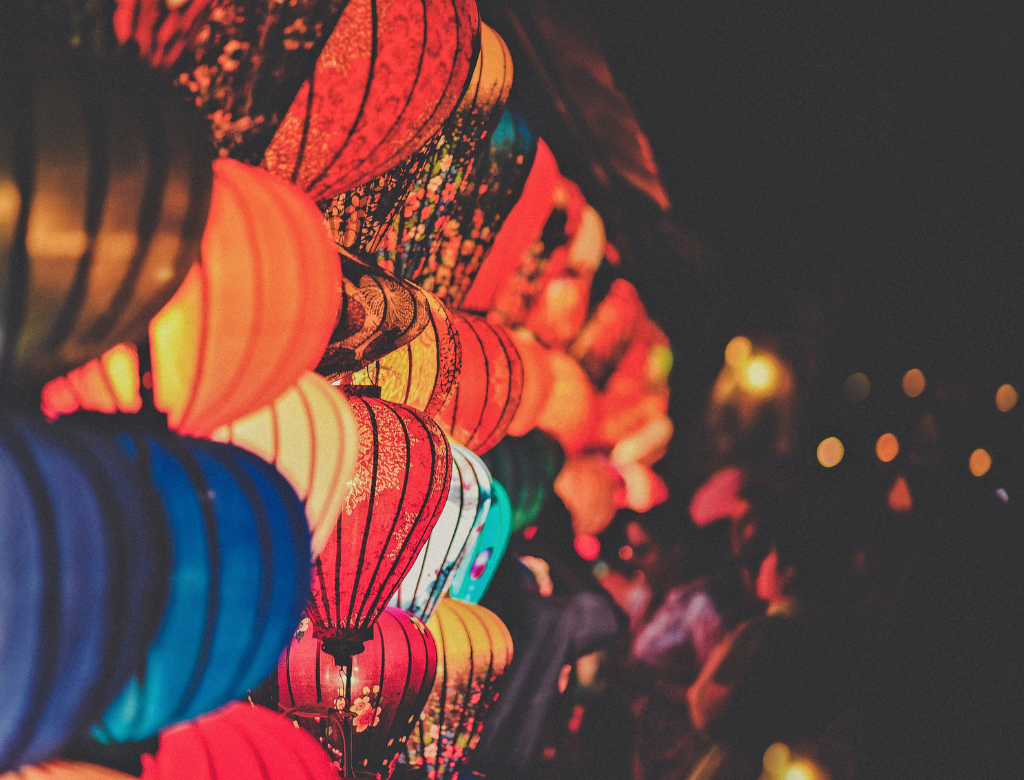Festival Schedules and Participation Tips in Japan

Festival Schedules and Participation Tips in Japan Festival Schedules and Participation Tips in Japan Japanese festivals offer a unique opportunity to experience regional culture and traditions. Below are the schedules for major festivals and tips for participating in them. Major Festival Schedules Sapporo Snow Festival: Held in February, featuring snow and ice sculptures. Tokyo's Sanja Matsuri: Takes place in May, a traditional festival in Asakusa. Nara's Kasuga Wakamiya On-Matsuri: Occurs in December, featuring ancient rituals. Kochi's Yosakoi Festival: Held in August, known for colorful costumes and dynamic dances. Tokushima's Awa Odori: Takes place in August, famous for its passionate dances. Nagasaki Lantern Festival: Held in February, inspired by Chinese Spring Festival. Fukuoka's Hakata Dontaku: Takes place in May, featuring a citizen-participatory parade. Sendai's Tanabata Festival: Held in August, known for its colorful Tana...





